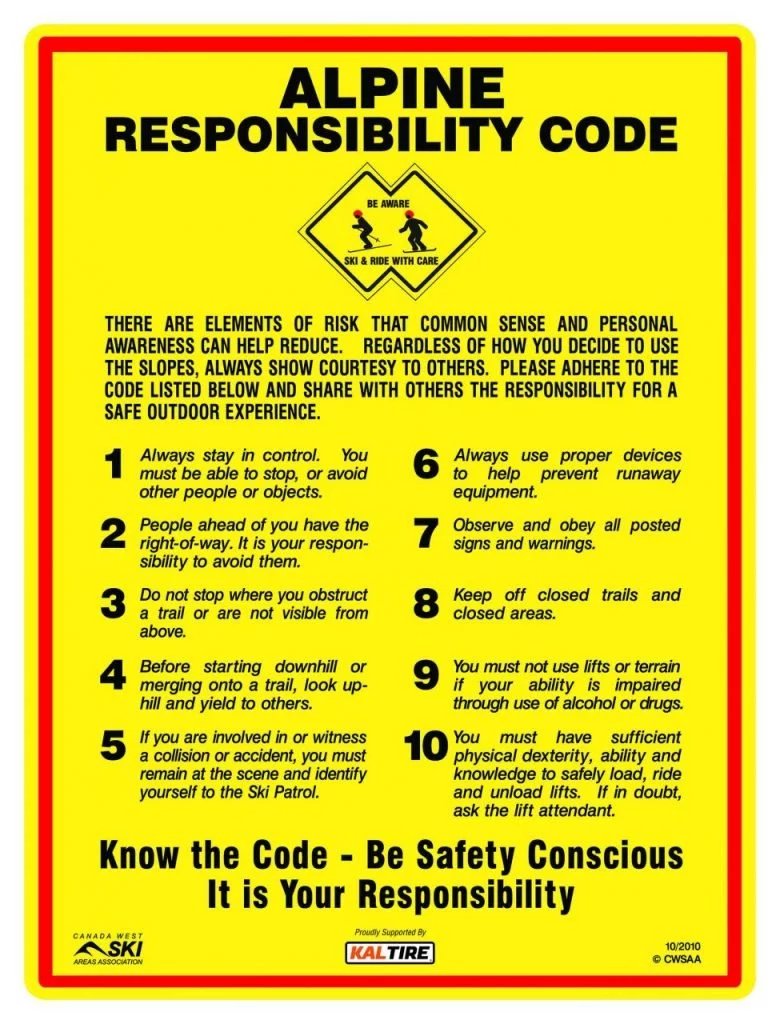Cancellation
*Due to COVID-19, we have revised our cancellation and refund policies. As a small business, we need to keep a base income stream going in order to survive, so we have added an administrative fee to our cancellation policy. Thank you for your understanding and support!
What happens if the road closes?
Revelstoke is situated between two often closed or delayed passes on the TransCanada Highway. For this reason, we highly recommend checking the Drive BC page for scheduled avalanche closures, and arriving for your camp the night before. We also recommend that you have an emergency kit in your vehicle (food, water, warmth) in the event you get stuck behind an avalanche closure or accident. If the road closes to Rogers Pass restricting us from going there for a camp day, we will have an alternative plan to tour in town. If you are staying out of town. (i.e, Golden, Salmon Arm) we will not refund any days missed for road closures. We highly recommend staying in Revelstoke.






